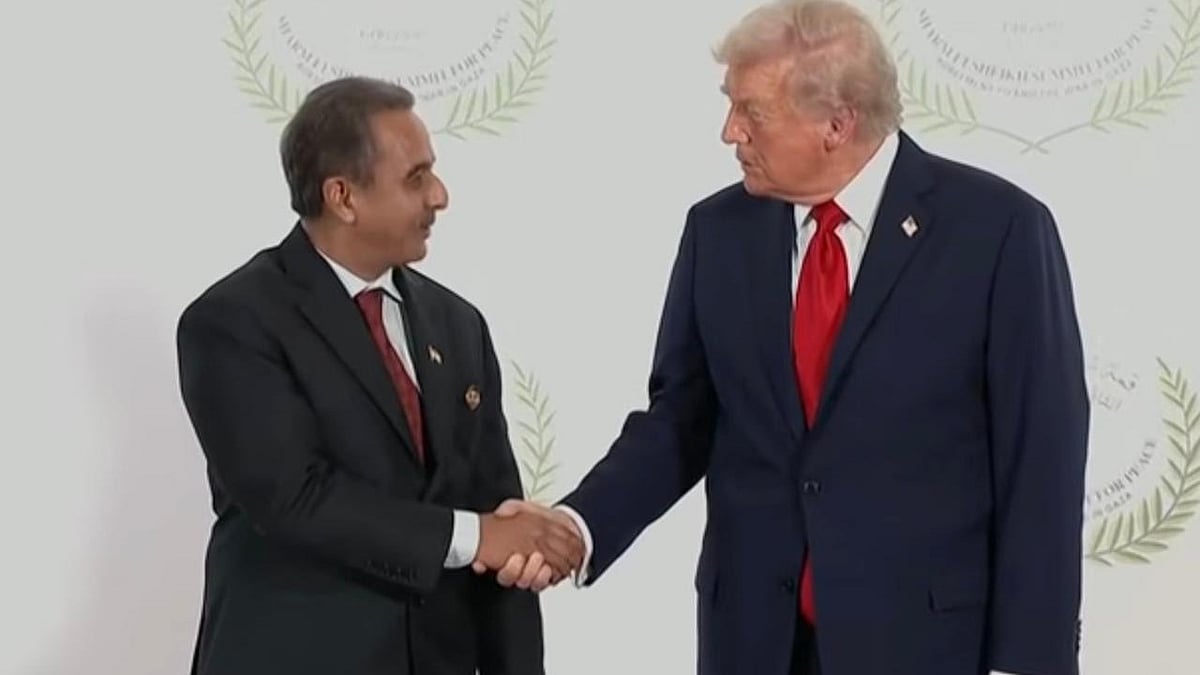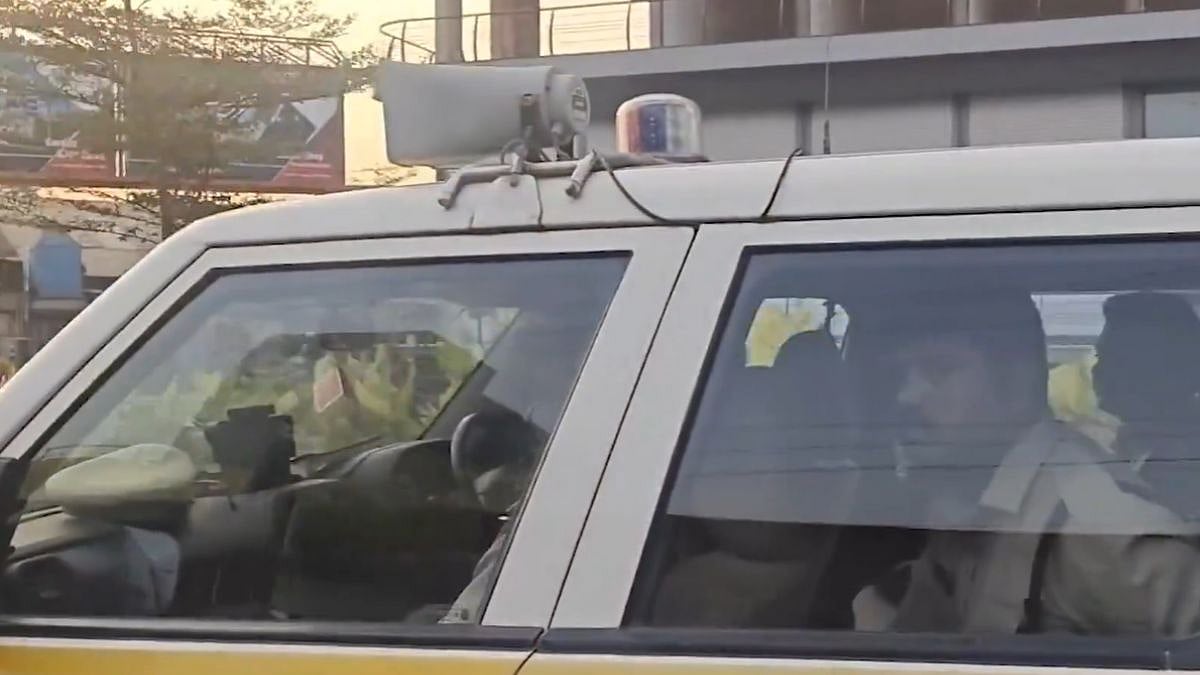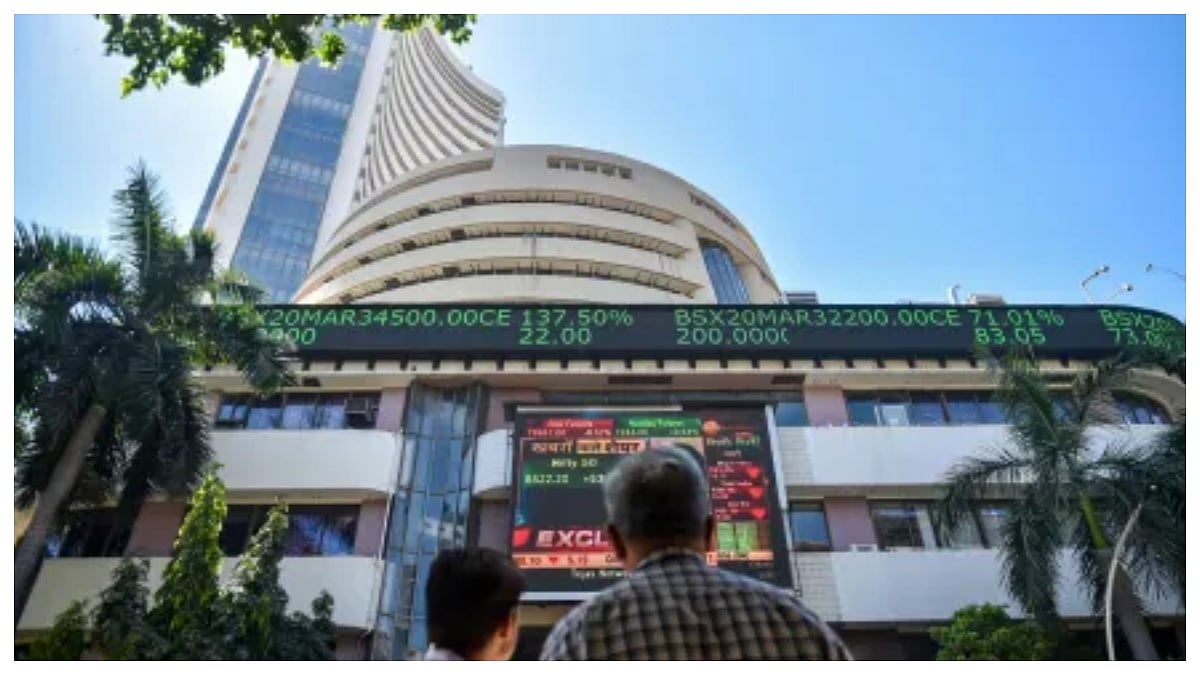With India’s successful launch of Chandrayan 3 and Aditya L1, we have become a space superpower foraying into the moon and studying the sun. However, the word ‘space’ denotes something quite different to a Mumbaikar; being actually highlighted as an element that signifies comfort and luxury. When it is local transport, having space is a welcome relief and in terms of real estate, it means a spacious house or office.
During a visit to Tier 2 cities, while passing by a bungalow or row house, Mumbaikars would be imagining a six-floor apartment structure standing in its place at the minimum. Awakening the latent architect within themselves, they further start visualising how many flats could come up on that plot and what could be the possible sq. ft. rate if it stood at a prime Mumbai location and so on.
In general, almost every Mumbaikar can be described as a ‘space’ engineer, considering the way an extra room is created by demolishing a non-load bearing wall and using curtains or partitions to smartly divide the area that has now opened up.
Tracking Mumbai’s evolution and expansion, which were primarily driven by the need for additional ‘space’ can be a most engrossing experience. Known as a typical linear city on account of the architecture of the rail route and roads, the concentration was initially towards what we now refer to as South Mumbai. Like an umbrella being unfurled, it spread outwards and distances between locations began to matter.
Backbay Reclamation in South Mumbai and Bandra Reclamation in the suburbs could be considered as Mumbai’s first steps in raising its ‘space’ program to an entirely new level. Search the internet and one would find photographs of the sea outside Churchgate station, and when you interact with perhaps an octogenarian, you would get to hear about the days when no land existed there. The same stories can be heard while discussing Bandra Kurla Complex with them as well.
I have grown up hearing stories about the emergence of the Linking Road from Bandra to Santacruz, and then, about the Link Road that extends from Andheri to Dahisar. We could call this the ‘West Coast’ of Mumbai, as these arterial roads developed parallel to the Swami Vivekanand Road, or S.V. Road, the major arterial road in the western suburbs of Mumbai extending from Bandra to Dahisar.
I remember visiting areas in this belt on different occasions during the nineties and wondered how the people staying here manage the commute to work and back home. With the recently available access to metro rail coming in along with the railway line, public transport buses, cabs, auto rickshaws and self-owned vehicles, these areas have now developed into strategically advantageous locations making it easy to access business districts across the city and suburbs.
Over the years the skyline of Mumbai's western suburbs has undergone a dramatic transformation with groundbreaking real estate development projects that have redefined urban living, becoming a game-changer in the city's ever-evolving real estate landscape. Many projects set new benchmarks in the western suburbs, potentially influencing the pricing dynamics in the surrounding areas. The belt attracts residents from nearby areas and as far as South Mumbai, because of the plethora of advantages and amenities gained by owning a home there.

Mahesh Nagrecha with his father Kapilrai, mother Jyoti, wife Falguni and son Kush |
Mahesh Nagrecha is one of the proud ‘western suburb’ residents who had no hesitation in buying a home at Iraniwadi, Kandivali west and settling there with his family. Describing the transformation that has taken place there over the decades, he said, “An area that people considered undeveloped and were apprehensive about moving into in the past, is a sought-after area today. Today people proudly proclaim themselves residents of the specific area where they stay rather than the station.”
One can safely say that the ‘west coast’ real estate renaissance at large is not just about constructing buildings; it has created a lifestyle that reflects the aspirations of the residents in and around that stretch of the road.
(The writer is a Trend Science, Communication & Marketing Consultant)













